Office of Research & Sponsored Programs
Ferris Library for Information, Technology and Education (FLITE)
Ferris State University
1010 Campus Drive, FLITE 410 D & F
Big Rapids, MI 49307
(231) 591-2547
[email protected]
Please join us in congratulating our 2022 Summer Student Fellows and their Faculty
Mentors!
Results of their work were shared at the 2022 Celebration of Student Research and Creative Activities
2022 Program Schedule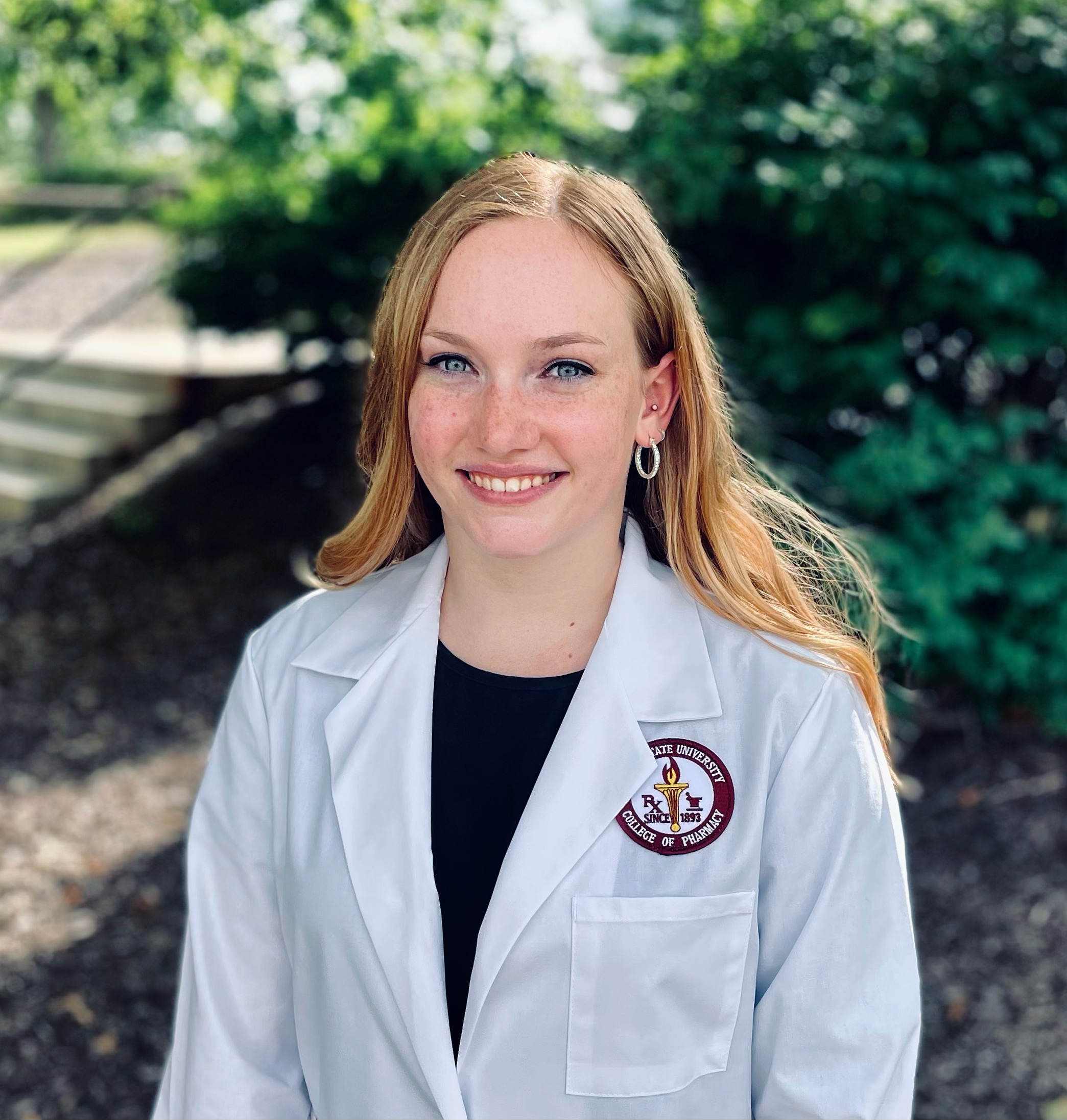
Faculty Mentor: Dr. Felix Amissah, Pharmacy; Pharmaceutical Sciences
Project: Targeting Lung Cancer Metastasis using Ketorolac analogs and Omega-3 Polyunsaturated
Fatty Acids
Omega-3 polyunsaturated fatty acids (PUFAs) such as eicosapentaenoic acid (EPA) and
ethyl eicosapentaenoic acid (E-EPA) are widely reported to reduce the risk of cancers.
Ketorolac is a non-selective COX inhibitor with analgesic, antipyretic, and anti-inflammatory
properties. Its analog, R-ketorolac, is reported to prevent early cancer metastasis
by inhibiting Ras-related C3 botulinum toxin substrate (Rac1) and Cell division control
protein 42 (Cdc42) GTPases, which play critical roles in cancer cell metastasis. In
this study, we evaluate the ability of a ketorolac and omega-3 PUFA combination to
inhibit lung cancer cell invasion and determine their impact on Rho GTPase signaling
in the metastatic process. Cell viability assays with A549, NCI-H1975, and NCI-H1299
cells were performed to identify non-toxic doses for subsequent experiments. Our results
showed that combining either EPA or E-EPA with ketorolac or its stereo-specific analogs
leads to increased suppression of cell viability in all lung cancer (A549, NCI-H1975,
and NCI-H1299) cells used compared to each of the compounds used alone. This enhanced
effect is especially significant in A549 cells, where co-treatment with ketorolac
(25 μM) significantly reduced IC50 of both EPA and E-EPA from 18.4 µM and 15.1 µM
to 14.2 µM and 11.2 µM, respectively. Exposure of A549, NCI-H1975, and NCI-H1299 cells
to a non-toxic combination of EPA (5 μM) or E-EPA (5 μM) and ketorolac (10 μM), S-ketorolac
(10 μM) or R-ketorolac (10 μM) generally resulted in suppression of cell migration.
This was more significant in co-treatment with E-EPA (5 μM) and R-ketorolac (10 μM)
on NCI-H1975 cells, which resulted in suppression of the migration distance by 69.7%
and the number of cells that migrated into the wounded area by 67.5%. In addition,
our findings indicate that co-treatment with EPA or E-EPA and ketorolac analogs suppressed
NSCLC cell motility and inhibited Rac1 and Cdc42 expression in A549 cells. Although
such results suggest a promising therapy for controlling NSCLC metastasis, additional
data is necessary.
 Student Fellow: Jessica LaGrand, Communication Studies
Student Fellow: Jessica LaGrand, Communication Studies
Faculty Mentor: Dr. Debra K. Courtright-Nash, Arts, Sciences & Education; English Literature & World Languages
Project: Discourse Analysis of Cross-Curricular Career Community (C4) Program Faculty Conversations
The concept of Discourse Analysis among unique members of a dynamic cross-curricular
faculty, is about studying and analyzing the uses of language. The objective of Discourse
Analysis of the Cross-Curricular Career Community, and C4 faculty, was created to
identify and eliminate obstacles to learning, and to increase success for underprepared
students in the areas of English composition, Mathematics, and Reading. In addition,
the Cross-Curricular Career Community Scholar interdisciplinary learning program at
Ferris State University has shown some progress in increasing student retention. During
the first three years of the program, the first-to-second year retention rate of C4
students was approximately 75% with an average of 3.19 GPA. Compared to non-C4 developmental
students with a retention rate of 55% and GPA average of 2.34. First, the gathered
data of recorded transcript conversations among C4 faculty had to be reviewed and
become highly familiar to the research coder. Generally, this stage is labeled as
the pre-coding period. During this timeframe the coder will practice generating codes
and discussing potential codes that seem obvious immediately. The First coding cycle
would then begin by independently labeling sections or passages of text with code
words, identifying any key features of the data that relate to the research question.
After all transcripts have been coded, the researcher and faculty mentor will group
the coded passages together. The codes will be assembled into thematic categories.
Following this session, coders will meet with C4 faculty to present code categories
for feedback and any potential revisions. A second coding cycle will then take place
where the coder is reorganizing and re-categorizing the coded data. In the final stage,
the researcher begins to analyze the categories looking for trends/themes that provide
insight to the research question. An interesting observation to note, was that specific
codes co-occurred with other similar codes during C4 faculty conversations that were
deeply rooted around student social life and student academics. Moreover, speculating
that research using the quantitative and qualitative discourse analysis model, assist
in helping to break down learning barriers that exist among at-risk students.
 Student Fellow: Zaria Dankins, Building Construction Technology
Student Fellow: Zaria Dankins, Building Construction Technology
Faculty Mentor: Jennifer Miller, PE, Engineering & Technology; Construction Technology & Management
Project: Renovation and Restoration Advancement Lab Pilot Program
The majority of home improvement that took place was at a site location in Midland
and Vassar Michigan. Each house was thoroughly inspected to evaluate its overall cleanliness,
the severity for repair, and a list of materials for preparations such as tape or
spackle. Project 001-002, The Londonberrie Master Bedroom & Bathroom required an intensive
paint make-over to the ceilings, walls, window trims, and baseboards. Previous owners
of The Londonberrie house painted Project 001-002 walls and partial of the ceiling
hot pink. The color selection appeared odd for a master bedroom, and the paint job
suffered unclean lines.
Firstly, the walls needed to be removed of any nails, screws, or fixtures, wiped down
with basic cleanser, and the holes patched with Spackling Paste. Depending on the
brand of Spackle and the thickness of the coat, it should approximately take 30 minutes
to 2 hours to dry. Then the patched spots are sanded smooth, flush to the wall. To
begin the painting process after patch repair, it is ideal to wait a few hours to
a day. In the meantime, tape is applied alongside the window trims, baseboards, and
ceiling edges to prep for clean lines. Another method used for clean lines is a Shur-Line
or Paint Edge tool which is a square device with a pinched handle in the middle and
two wheels on one side. A pad is attached to the square edge then the face of the
pad is coated with paint. The wheels run along baseboards, walls, ceilings, or trims
to establish a clean paint line. Other painting utensils used during the painting
process were paint brushes and paint rollers.
Additional home improvements undergoing restoration is Project 003, The Vassar Kitchen
that involves installation of cabinet doors, faucet handles, tile flooring, tile backsplash,
and more. Project 004, Diamond Tile Leveling which utilizes a floor leveling compound
to even out uneven surfaces. Lastly, Project 005, The Vassar Family Bathroom requires
a cleansing chemical treatment, tile installment, a ceiling fan, and other repairs.
When constructing these designs, we discovered that an accurate estimate of supplies
saves money, time, and enhances final results. Overall, Renovation and Restoration
is an important aspect in construction to give buildings a second chance and individuals
their dream home.
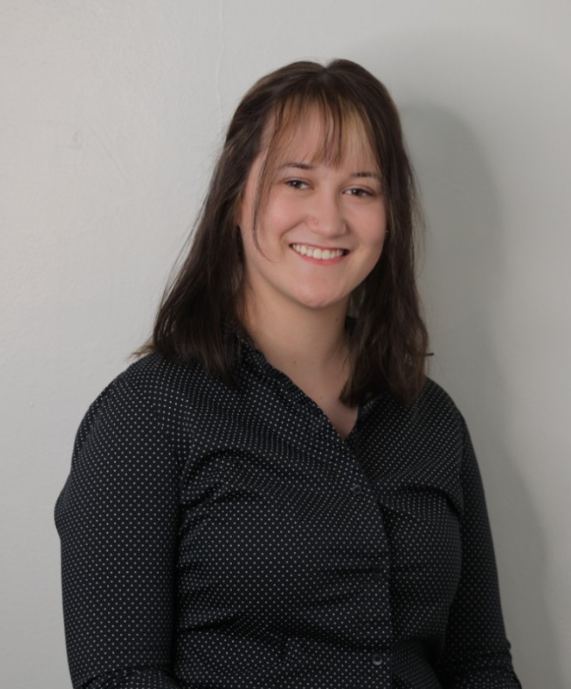 Student Fellow: Brooke Mehney, Architecture and Sustainability
Student Fellow: Brooke Mehney, Architecture and Sustainability
Faculty Mentor: Kate O’Connor, M.Arch., Engineering & Technology; Architectural Technology & Facility Management
Project: Methodologies for Social Impact on Communities
The Ferris State University Small-Town Studio (STS) is a research driven initiative
working with communities to develop evidence-based solutions addressing the most pressing
issues in our society. STS works with stakeholders from the community of Idlewild,
Michigan to address their public interest needs, addressing community, environment,
and economic factors. The community of Idlewild, located in Yates Township, Michigan,
possesses a significant history as the largest historic African-American resort community
established during the Jim Crow Era. Idlewild was established in 1912, but declined
in 1964, when the Civil Rights Act ended segregation. However, Idlewild has begun
to revitalize, with a new influx of full-time residents. These citizens have moved
to Idlewild for a multitude of reasons, such as the desire for a healthy work-life
balance driven by the COVID-19 pandemic. But most importantly, the ideal to preserve
safe African American space, especially for those residents with historical family
ties to Idlewild and those new to the community, is increasingly significant with
the Black Lives Matter movement and current violence targeting minority populations
in the United States. Notably, this population resides within infrastructure that
was originally designated for seasonal residents, resulting in a new set of needs
for community sustainment. Community engagement serves as a means for development
within Idlewild, and throughout the research, was practiced through a lens of architectural
design and service. The implementation of an external party service project and its
effects on the sustainment of community improvement were analyzed. The 2022 Student
Research Fellowship furthered engagement with and assisted the community through experiential
learning practices. The effectiveness of the learning environment was explored as
a basis for future STS pedagogy.
Experiential Learning empowers students to become highly engaged in learning when
it moves from an abstract idea to a concrete issue that they can understand in a tangible
way. The fluctuating nature of community engagement is also revealed through experiential
learning, as the needs of a population adapt through time. It’s through these experiences
the student understands the impact of public engagement at the local level. This presentation
will address the outcomes of the 2022 SRF through the lens of Experiential Learning,
citing examples and showcasing outcomes of the various community projects addressed
during the fellowship.
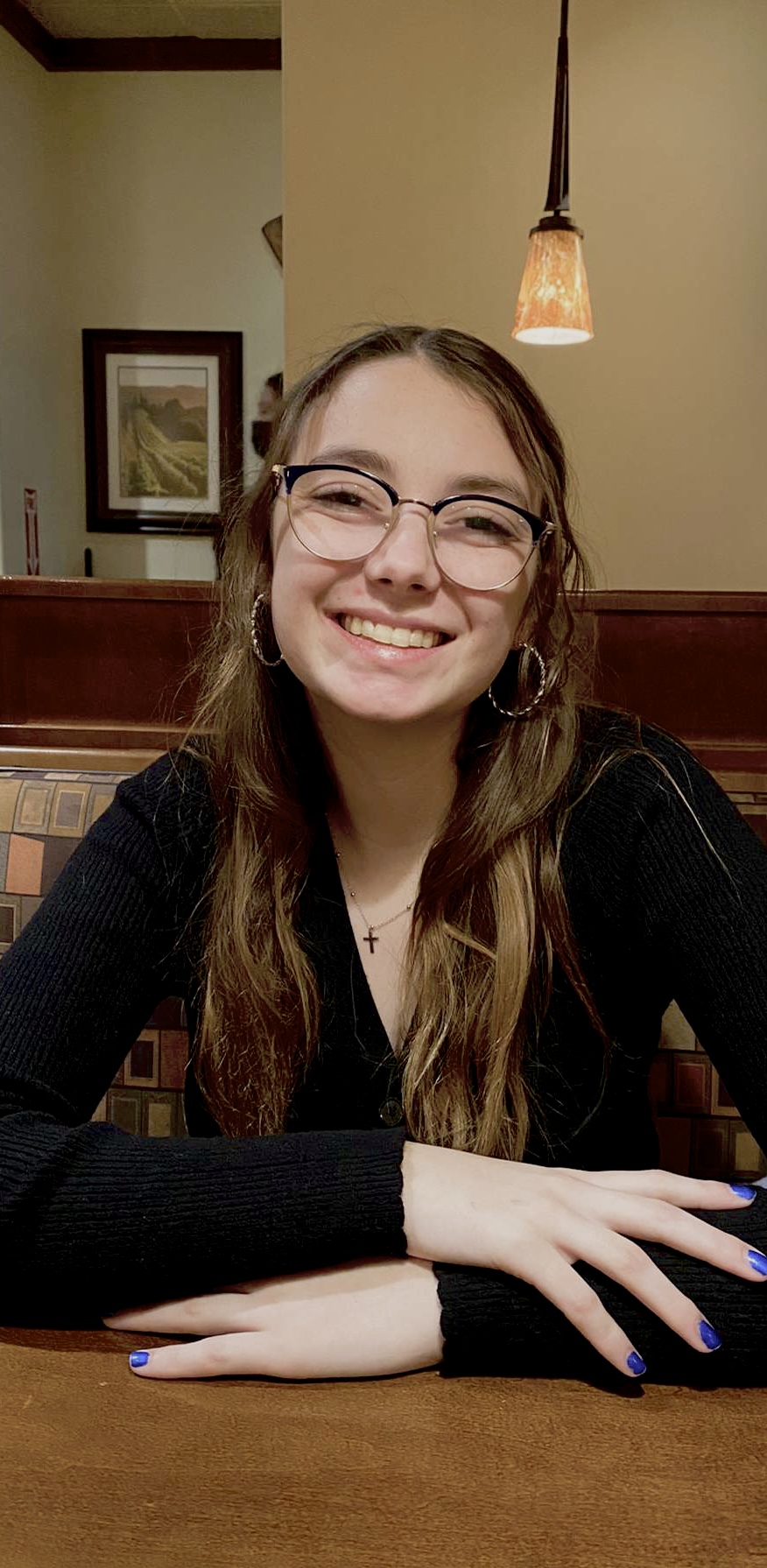 Student Fellow: Caitlin Coppess, Applied Mathematics
Student Fellow: Caitlin Coppess, Applied Mathematics
Faculty Mentor: Dr. Luis Rivera, Arts, Sciences and Education; Physical Sciences
Project: Canonical Approaches to Triatomic Molecules
Dr. Walton (Texas A&M University) and Dr. Rivera have developed canonical approaches
to accurately generate potential energy surfaces in pairwise interatomic interactions.
The goal for this summer research fellowship was to extend this methodology to triatomic
molecules. Diatomic molecules have two coordinate points that go in the calculations
of the potential functions, while triatomic molecules have three. This means that
a linear model, used in approximating and generating potential curves, would be extended
to approximate three-dimensional potential surfaces. During this summer, I completed
calculations for both 1-dimensional and 3-dimensional potential data by using canonical
approaches. This project began with me getting familiar with the methodology through
reading the literature provided by Dr. Walton and Dr. Rivera. I developed a Mathematica
script to use this methodology and applied it to the triatomic molecule HCN. This
script began with graphing the HCN potential and then using the Lennard-Jones potential
as a reference to carry out the canonical transformations. The goal was to approximate
the HCN potential with a minimum number of data points. First, I used calculus to
find the “potential well”, located at the graph’s minimum. Next, I approximated the
rest of the potential curve. One of my tasks was to use the 1-dimensional HCN potential
data to approximate the repulsive, and then the attractive side of the potential with
a handful of data points. The repulsive side of the potential function decreases until
reaching the potential well, while the attractive side increases, from the potential
well with a limit approaching zero. Using Mathematica, I found how close the approximation
was in an interval between two endpoints on the curve. I continued to work up the
repulsive wall and found that the error between the target function and the approximation
was less than .01 for each interval. I did this on the attractive side for the 1-dimensional
HCN data. Then, I applied the same methodology to the 3-dimensional HCN data. Overall,
the approximation remains to have an error of less than .01, showing that canonical
approaches are an excellent methodology to approximate molecular potential with high
accuracy.
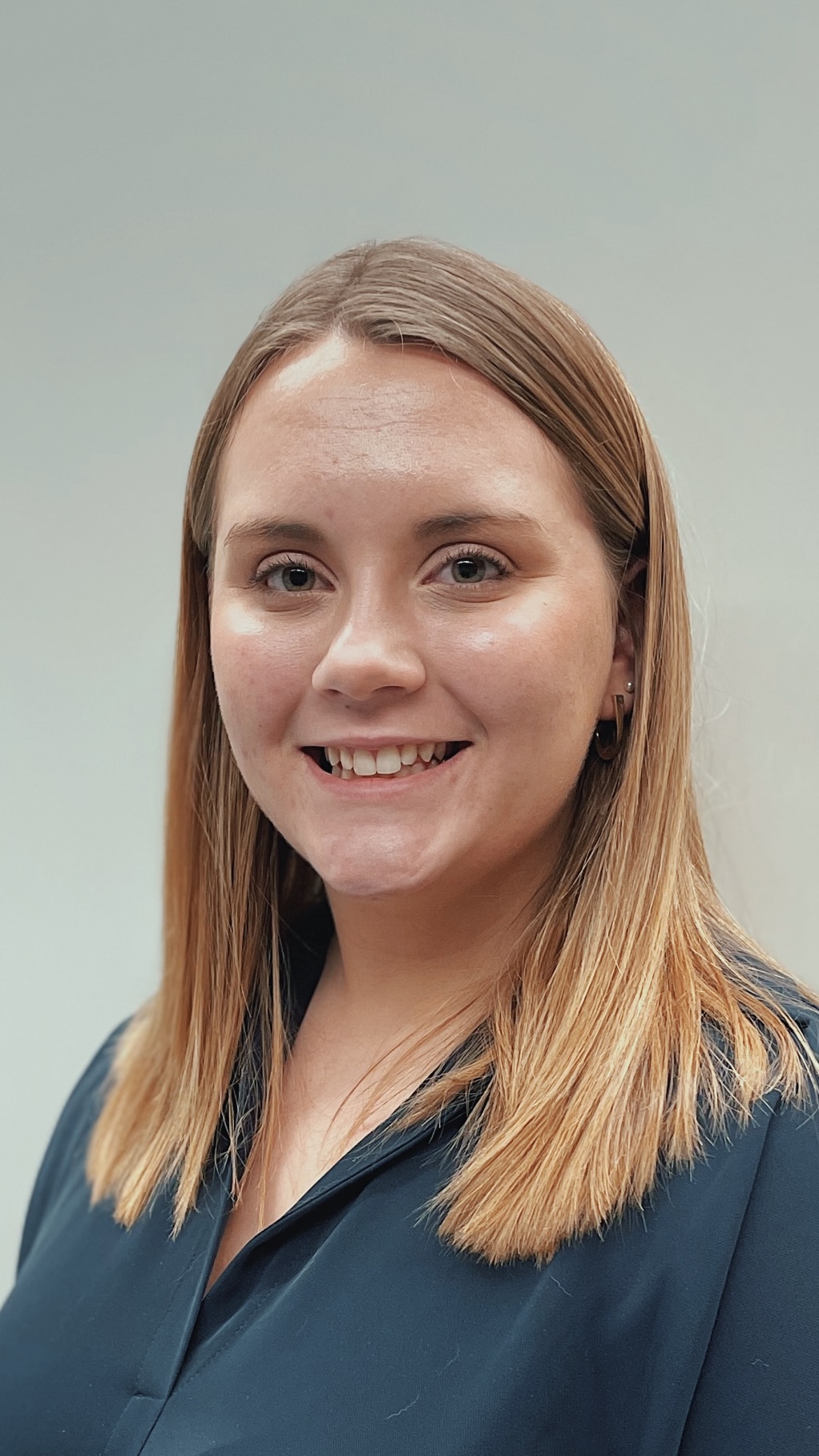 Student Fellow: Amanda Vondra-Speltz, Business Administration
Student Fellow: Amanda Vondra-Speltz, Business Administration
Faculty Mentor: Dr. Leslie Sukup, Business; Management
Project: Identifying the need for business education in rural central and northern Michigan
As small businesses in central and northern Michigan aim to serve their communities within their product or service lines successfully, an influx of larger business entities threatens the livelihood of local organizations. This research project seeks to identify the various businesses educational needs of small and medium businesses in central and northern Michigan so that they may remain competitive in the newly scaled economies. Five foundational facets of business activities and operations were identified as the basic building blocks of this research project; emotional intelligence, job/organization fit, stress management, organizational culture, and attitude. These skill sets when understood and practiced in organizations were hypothesized to improve job satisfaction for both leaders and subordinates. This experimental study began with all participants receiving a demographics and job satisfaction survey as the pre-test. Successful organizations may have a foundational understanding of the five facets selected as the educational interventions provided: emotional intelligence, job/organization fit, stress management, organizational culture, and attitude. Therefore, the participants were separated into two groups; the experimental group which received approximately one and a half hours of educational intervention videos including the topics listed above, and the control group. To conclude all participants received the final job satisfaction post-survey. Partnering with organizations that may already have well-established relationships with small and medium-sized businesses was essential toward gaining the participation of both leaders and subordinates. Furthermore, over one hundred chambers of commerce and economic alliance organizations assisted in reaching participants in a multitude of industries, educational backgrounds, as well as other demographic variances. Faced with economic hardships, reduced employment numbers, and supply chain issues, many small and medium-size organizations struggled to have available resources to participate further in the study. The goal of Identifying the need for business education in rural central and northern Michigan is to provide evidence and support for the need for a variety of educational opportunities for the organization. Continued education across diverse forms of delivery to leaders and subordinates has positive effects on the well-being of the organization and the community.
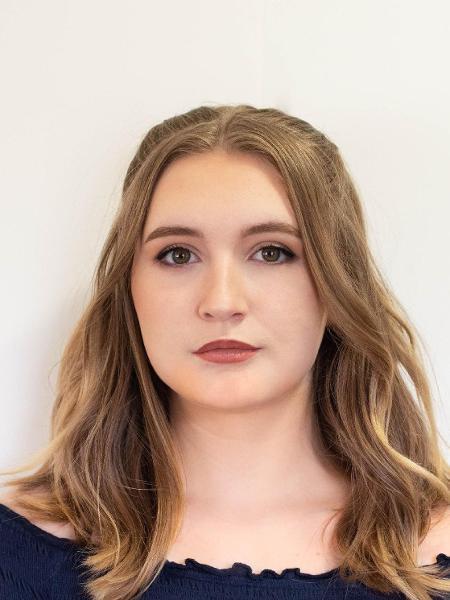 Student Fellow: Molly Culver, Psychology
Student Fellow: Molly Culver, Psychology
Faculty Mentor: Drs. Jim Van Treese and Christopher Richmond, Arts, Sciences and Education; Social and Behavioral Sciences
Project: Self-Identified Visual Distress in College Students
Ocular Convergence Insufficiency (OCI) is a disorder of the binocular vision system
characterized by the difficulty of the eyes to converge or sustain convergence at
a near point. OCI has been found to be linked to attentional problems and possible
difficulties with academic tasks. There has been little to no research done on the
effects of OCI on college students and even less research done on college students
attempting to self-administer a near point convergence test on themselves. A near
point convergence test is a test used to screen for OCI where the patient stares at
a small target that the test administrator closely brings towards the eyes. Due to
a lack of in person options to get evaluated for this disorder or a lack of time for
students to go to a clinic, the main goal of this research is to discover whether
a person can self-administer a near point convergence test. To obtain our results,
we have created a self-identified visual distress survey for the participants. The
survey will ask the participants about specific symptoms of OCI and teach them how
to do the near point convergence test on themselves. The students will take the survey
and report their results. Once the participants finish the survey, there will be resources
for them to get the proper diagnosis that they need. The research will collect data
the first week of fall 20022 semester.
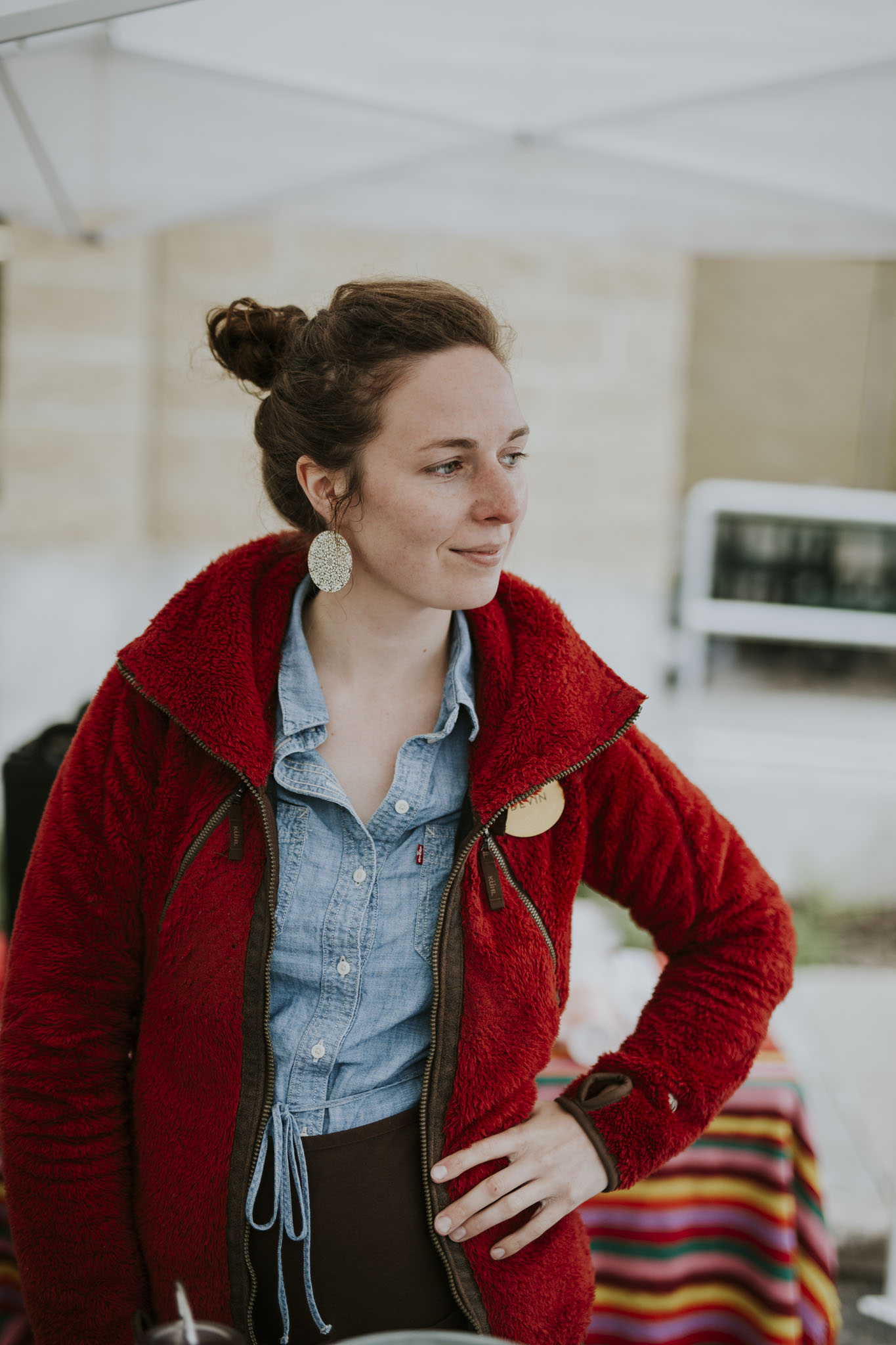 Student Fellow: Devin Moore, Master of Social Work Program
Student Fellow: Devin Moore, Master of Social Work Program
Faculty Mentor: Dr. Janet Vizina-Roubal, Arts, Sciences and Education; Social Work
Project: Teaching Trauma Therapy via Strategic SIMulated Scenarios
Clinical social work classes have historically been challenged to provide students
with real-world, genuine client experiences to practice their counseling skills. There
are inevitable errors and risks of harm to the client when inexperienced students
are practicing their counseling skills. Simulation software provides students opportunities
for an environment of practice without risk of harm to the client. The purpose of
the project was to conduct a pilot program that would incorporate and evaluate an
innovative simulation software, called SIMmersions, into Ferris State University’s
social work department’s clinical courses. The Master of Social Work (MSW) students
were asked to complete a pre-survey during their 2021 fall semester and a post-survey
in their 2022 spring and summer semesters after the virtual patient simulation (VPS)
software had been implemented. These surveys inquired about the confidence levels
of MSW student’s when applying cognitive behavioral therapy skills, suicide and substance
use assessments, as well as overall interviewing skills. In addition to the survey,
a virtual focus group was held in the 2022 summer semester to gather more qualitative
data regarding the impacts of the SIMmersions software. Due to a small amount of time,
our sample size was small. We had 37 participants partake in the pre-survey, 18 in
the post-survey, and seven individuals participate in our focus group. We used a paired
sample t-test to observe and evaluate any changes in the student’s levels of confidence
when applying CBT, assessments, and interviewing skills post intervention. The virtual
focus group was recorded and transcribed verbatim. The transcription was categorized
which were then narrowed into themes based on repetition and group agreeance. This
data was then reviewed and analyzed by two independent reviewers. The four themes
are skill application, privacy, risk of harm, and flexibility. Overall, the data shows
that there was an increase in skill application in all three areas of measurement.
Despite having the limitation of a small sample, our study provides preliminary data
regarding how virtual patient simulations can support and enhance MSW student’s learning.